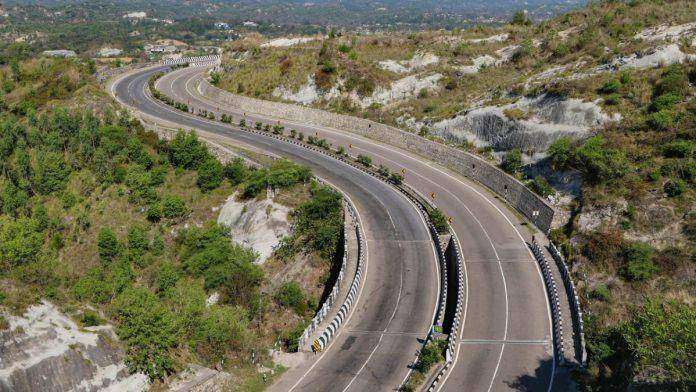The Ring Road Project in Srinagar has made just 9% headway in the previous three years, despite claims from officials that all obstacles have been removed and the construction is moving forward without any difficulties.
Compensating the impacted landowners had been a big hindrance in the construction process of the road. According to officials, only those landowners who have legal concerns have not yet received compensation.
Indresh Kumar, project director for the National Highways Authority of India said that they have deposited the full amount with the Government and they will get paid as soon as the issues are settled.
He said that now that work had begun, it will be finished three years earlier than planned, in February 2024. Construction began in May this year, and as of now, 9% of the project has been completed. Along the 42-kilometer road segment, 400 structures, including culverts and bridges, are planned to be erected, he continued. Roughly 60 of the 200 structures have already been completed.
Back in 2018, Prime Minister Narendra Modi lay the project’s foundation stone as part of the Prime Minister’s Development Project (PMDP) for Jammu and Kashmir. The progress of the project, however, has been put on hold since it took too long to buy land from the impacted landowners.
The construction of 60.84 km long, four-lane Semi-Ring Road that encircles Srinagar will involve two phases. A 42-km stretch of road will be constructed in Phase I from Galander to Narbal, and a second 18.84-km portion of four-lane road will be constructed from Narbal to Ganderbal. Phase I will connect Galandar, which is near to Pampore town, with Sumbal in the Bandipora district.
An official, however, said that they were having trouble getting the raw materials and that they had only managed to acquire 2 to 3 percent of the entire amount required. Getting approval for just one location will take two to three months. Prompt issuance of the permit can make the job easier.
The project’s transit through agricultural regions and the relocation of utilities, he continued, both have an influence on the pace of work. Utility shifting too has its share of problems. The majority of the land is used for paddy in certain places, like Budgam, and no work would be done until the harvest, he added.
